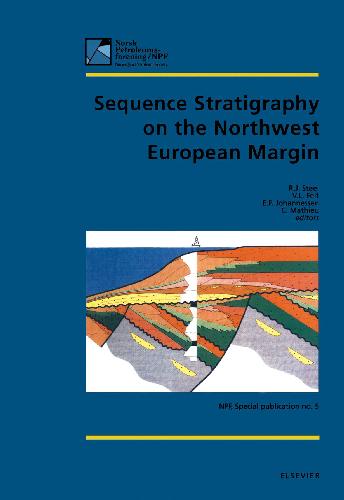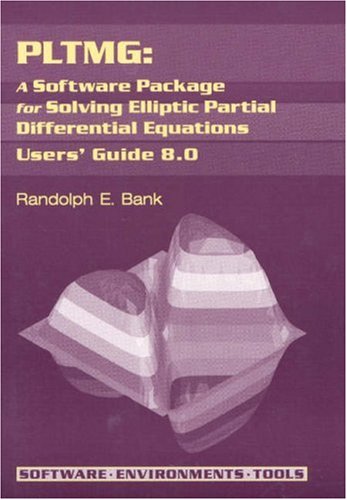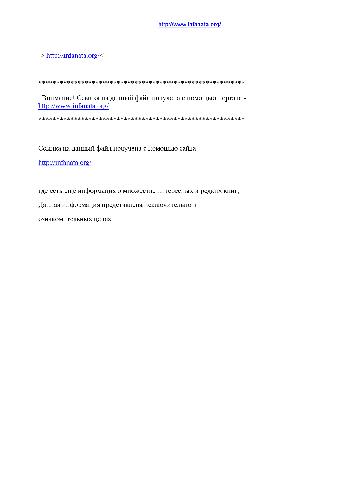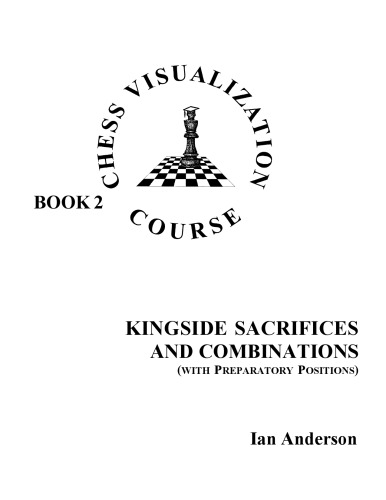- 2 402 202 книги
- Поиск
libcats.org











Second-Generation Hts Conductors
Amit GoyalThe discovery of high temperature superconductors (HTS) in 1986 by two IBM scientists led to an unprecedented explosion of research and development efforts world-wide because of the significant potential for practical applications offered by these materials. However, the early euphoria created by the exciting prospects was dampened by the daunting task of fabricating these materials into useful forms with acceptable superconducting properties. Progress towards this goal has been hindered by many intrinsic materials problems, such as weak-links, flux-creep, and poor mechanical properties.The above problems led to the development of the Second-Generation of HTS wires. Three methods were invented to produce flexible metallic substrates, which were also crystallographically biaxially textured, and resembled a long, mosaic single crystal. The first method invented is the Ion-Beam-Assisted-Deposition (IBAD). The second method developed was the Inclined-Substrate-Deposition (ISD). The third method invented is called the Rolling-assisted-biaxially-textured-substrates (RABiTS).The book is divided into four sections. The first section discusses the three methods to fabricate biaxially textured substrates, upon which, epitaxial YBCO or other HTS materials can be deposited to realize a single-crystal-like HTS wire. The second section includes chapters on various methods of HTS deposition such as pulsed laser ablation (PLD), thermal co-evaporation, sputtering, pulsed electron beam deposition, ex-situ BaF2 by co-evaporation flowed by annealing, chemical solution based ex-situ processes, jet vapor deposition, metal organic chemical vapor deposition (MOCVD), and liquid phase epitaxy(LPE). The third section includes detailed chapters on other HTS materials such as the various Tl-based and Hg-based conductors. These Second-Generation HTS conductors, also referred to as "Coated conductors" represent one of the most exciting developments in HTS technology. HTS wires based on this technology have the potential to carry 100-1000 times the current without resistance losses of comparable copper wire. HTS power equipment based on these HTS conductors has a potential to be half the size of conventional alternatives with the same or higher power rating and less than one half the energy losses. Upgrading of the world-wide electric power transmission and distribution with HTS based devices can significantly help in meeting the growing demand for electricity world-wide. There is little question that superconducting technology based on the Next-Generation HTS Superconducting Wires will make a substantial impact on the way we generate, transmit, distribute and use electric power. Of course the question is - how soon?"
Популярные книги за неделю:

Проектирование и строительство. Дом, квартира, сад
Автор: Петер Нойферт, Автор: Людвиг Нефф
Размер книги: 20.83 Mb

Система упражнений по развитию способностей человека (Практическое пособие)
Автор: Петров Аркадий НаумовичКатегория: Путь к себе
Размер книги: 818 Kb

Сотворение мира (3-х томник)
Автор: Петров Аркадий НаумовичКатегория: Путь к себе
Размер книги: 817 Kb

Радиолюбительские схемы на ИС типа 555
Автор: Трейстер Р.Категория: Электротехника и связь
Размер книги: 13.64 Mb
Только что пользователи скачали эти книги:

Handbook of Numerical Analysis. Numerical Methods for Solids (Part 3), Numerical Methods for Fluids (Part 1)
Автор: P G Ciarlet
Размер книги: 6.22 Mb

Sequence Stratigraphy: Advances and Applications for Exploration and Production in Northwest Europ
Автор: Steel R. J.
Размер книги: 71.75 Mb

PLTMG: a software package for solving elliptic partial differential equations: users' guide 8.0
Автор: Randolph E. Bank
Размер книги: 1.06 Mb

Магриль Пол, Магриль Робертс Рене - Нарды/Backgammon
Автор: Магриль Пол, Автор: Магриль Робертс Рене
Размер книги: 15.88 Mb

Chess Visualization Course Book2: Kingside Sacrifices and Combinations (with preparatory positions)
Автор: Ian Anderson
Размер книги: 2.16 Mb

Физические факторы исторического процесса
Автор: А.Л. ЧижевскийКатегория: КНИГИ ЕСТЕСТВЕННЫЕ НАУКИ
Размер книги: 6.31 Mb

Discover Biology
Автор: Michael L. Cain, Автор: Carol Kaesuk Yoon, Автор: Anu Singh-CundyКатегория: Biology
Размер книги: 77.93 Mb




